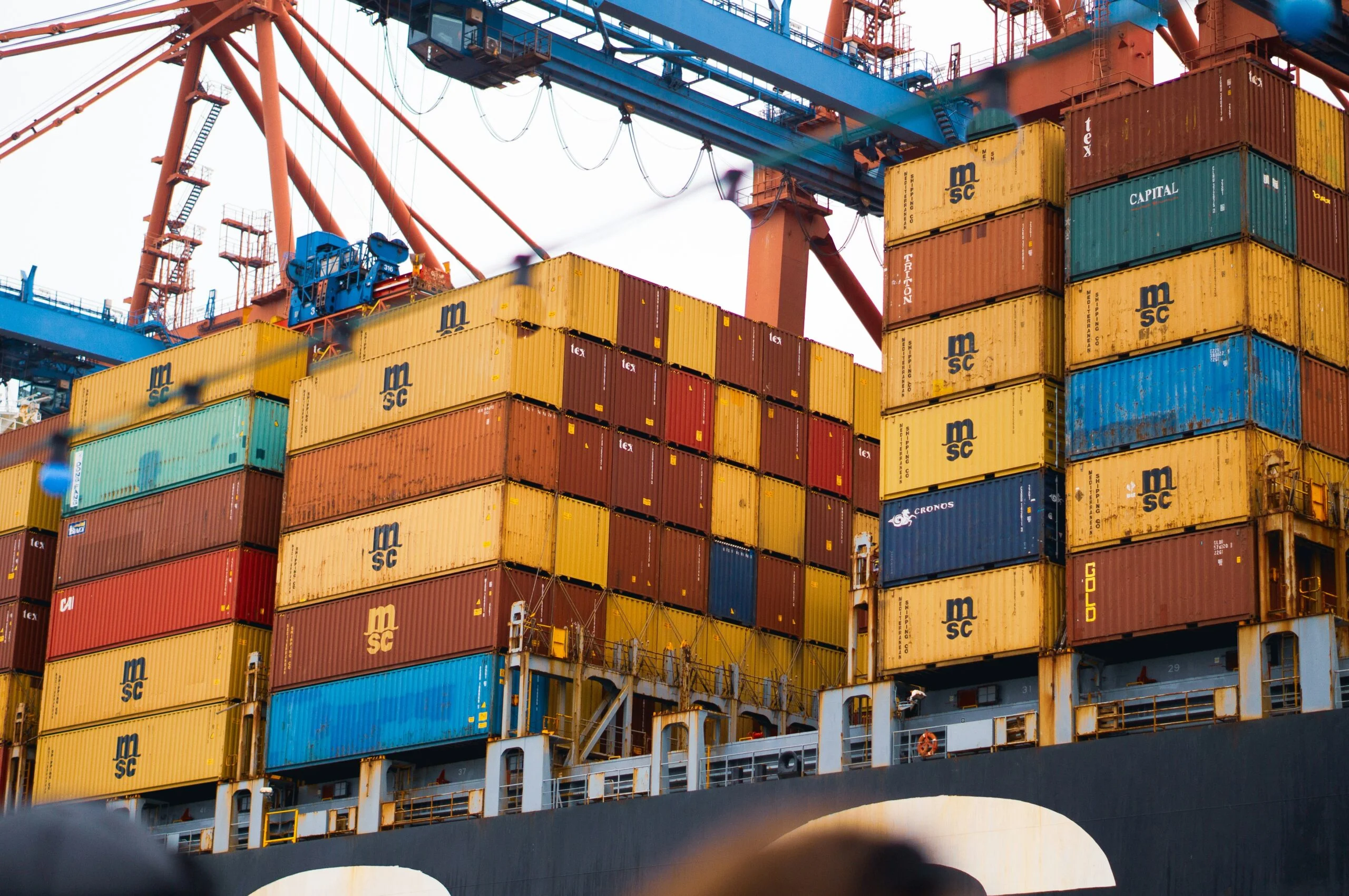In this blog post

Entering a foreign market is a significant step that can bring new growth opportunities for online shops to reach a broader customer base. However, this expansion also involves challenges, particularly with handling foreign returns. Laws, customer preferences, and expectations for managing returns can differ substantially from one country to another, making a well-planned international return policy essential to building trust among global customers. Here are ten tips to help you with global returns management in international e-commerce.
1. Check Country-Specific Return Policies
Legal frameworks for returns vary significantly across countries, which is essential to consider when setting a return policy. For example, in the European Union, customers are legally entitled to a 14-day right of withdrawal upon receiving a product, while in the United States, policies vary depending on state regulations and product type. Ensuring that your return policy aligns with the regulations of each market helps you avoid potential legal issues and fosters trust among your customers.
👉 Example: ASOS tailors its return policy terms to various regions, especially in the EU, where customers benefit from the 14-day right of withdrawal. eBay, in contrast, provides unique guidelines for returns by location, helping sellers comply with country-specific return policies, like differing rules between EU and US markets.
2. Understand Customer Expectations in Different Markets
Customer preferences vary widely from market to market. In Poland, parcel lockers are very popular, while in Italy and Spain, in-person returns are preferred—65.2% of French customers favour this option, while 77.4% of Italians do the same. Recognizing these differences allows you to adapt your offerings to meet customers’ expectations in each market, which can boost satisfaction and loyalty.
3. Adapt Your International Return Policies
Providing transparency in foreign returns by keeping customers informed on return status is crucial. Zalando’s notification system updates customers at every stage—from receiving the return at the warehouse to processing the refund. This allows customers to track the return process and feel secure. CCC, a Polish online shop, also has a similar notification system, providing updates on return progress via email and SMS. Avoid situations where customers only receive updates after their return reaches the warehouse, as it can cause uncertainty and frustration.
💡 Tip: when choosing a logistics provider, check what options they offer in terms of order tracking.
4. Offer Efficient, Multilingual Global Customer Return Management
Efficient, multilingual customer service is essential for building strong customer relationships, especially in international e-commerce. Amazon exemplifies this with 24/7 service available in multiple languages. For international shops like AliExpress, real-time multilingual service is made possible by chatbot integration that automatically translates interactions. Other companies, such as iHerb and ASOS, have implemented multilingual support to serve customers in their native languages, enhancing satisfaction.
5. Choose the Right Logistics Provider and Cross-Border Return Options
Optimising logistics for foreign returns is crucial to ensuring a swift return process. It’s advisable to choose logistics partners experienced in specific markets, as they can enable customers to return items locally and in preferred ways. Providing popular local courier options enhances customer trust. Today, cross-border solutions exist to help you implement these options.

6. Ensure Quick Refunds to Customer Accounts
Refund speed is as important as the ease of the return process, as delays can lead to frustration and negative feedback. Ensuring smooth refunds is easier when managing your own online shop, as you can streamline the process and quickly issue refunds, leading to higher customer satisfaction.
👉 Example: AliExpress’s Fast Refund program, for instance, allows customers to receive funds back in their account within a few days of return approval. Similarly, Zalando has reduced refund processing time through automation, reducing customer inquiries and increasing loyalty.
7. Include the Cost of Returns in the Final Margins
Returns generate costs that impact margins. It’s wise to include these expenses in your pricing calculations. Costs related to logistics, order processing, and restocking may be necessary if items require refreshing. Factoring these costs into your pricing strategy prevents returns from undermining your profit. You can also leverage your own data or publicly available industry reports, like those from Statista, to inform cost estimations.
💡 Tip: Use a basic Excel sheet to calculate return volume compared to shipments, including customer service handling (such as return request entry, handling, and transfer to logistics), warehousing, logistics costs, and margin. This will help you reserve adequate funds for managing foreign returns.
8. Enable Product Quality Checks on Returned Goods
Accepting returns doesn’t always mean accepting items in a resalable condition. Implementing quality checks allows you to evaluate product conditions and determine if items can be resold, need repairs, or require disposal. Allocating resources for this protects against potential return abuse.
Example: Amazon has implemented an evaluation system for returned items, allowing them to be resold as “open box” items (Amazon Warehouse Deals), minimizing return-related losses. Decathlon has a similar process to ensure that returned items are resalable whenever possible.
9. Improve Product Descriptions and Images
Detailed product descriptions are essential for reducing returns. Clear images, precise sizing, and material details help customers make informed decisions and minimize return risks. For example, a comprehensive list of compatible models can reduce returns for products like car covers. In fashion, detailed sizing guides based on customer feedback and accurate measurements help reduce return rates.
10. Analyze Data on International Returns
Return data analysis offers insights into customer preferences and behaviour. Leveraging this data allows you to improve product descriptions, expand a Q&A section, or revise your international returns policy. Encouraging customer reviews also aids future customers and reduces return rates.
👉 Example: Consider introducing a Q&A section on your product page to answer frequently asked questions, helping to clear doubts pre-purchase. This approach is used by platforms like Allegro and eBay, where Q&A is featured in product descriptions.

Conclusion
Expanding into international markets is a significant step that comes with unique challenges but also significant opportunities for e-commerce. Understanding country-specific return policies, consumer expectations, and adapting your policies to local standards is essential for building trust with international customers. Use the above tips to provide a transparent and convenient return process, fostering satisfaction and loyalty at every stage of the shopping journey.
International returns with Global24
If you need a logistics operator that can provide local returns for your customers with a market-leading courier, contact Global24. They are a company that specialises in international returns and will help you to increase your sales just by optimising the returns process.




